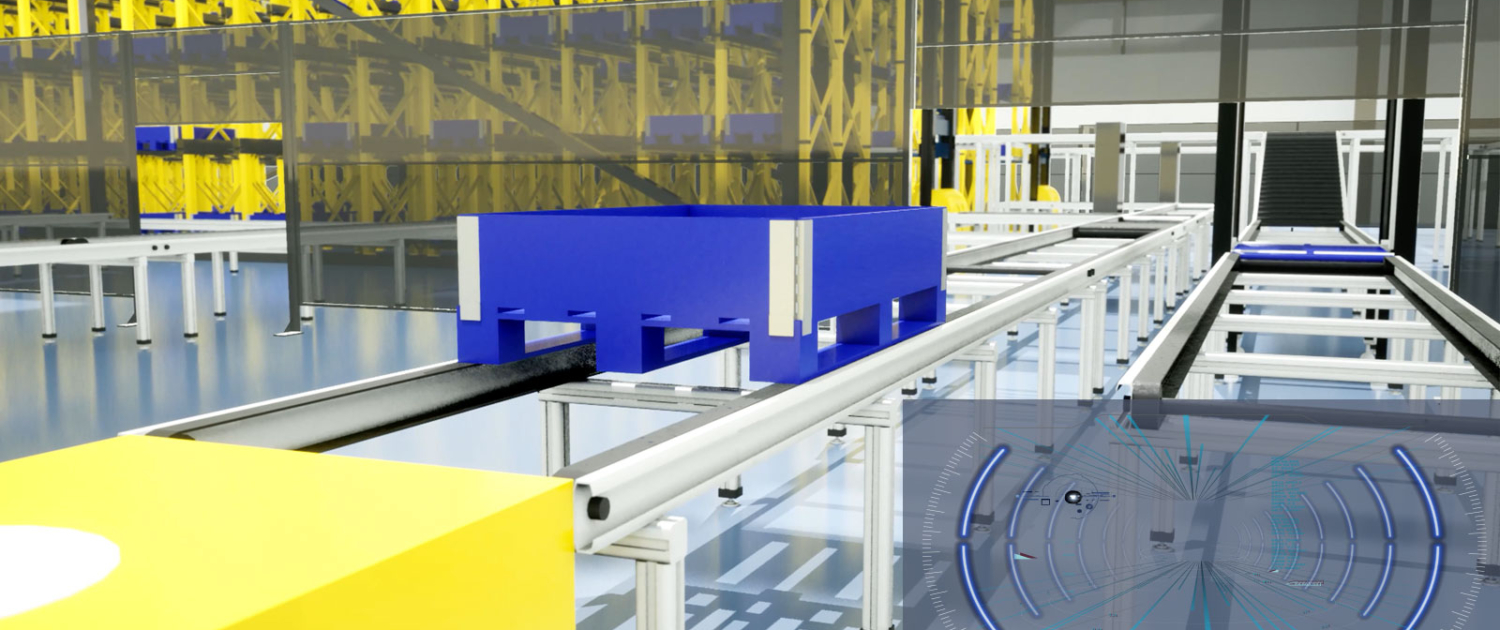In today’s rapidly evolving manufacturing industry, it is crucial to optimise your factory production line. Ensuring that your production process is streamlined, efficient, and cost-effective can make the difference between success and failure in today’s competitive marketplace. However, achieving this goal can be challenging without the right tools and resources. This is where simulation software comes in.
Simulation software allows you to create a digital twin of your production line, which you can use to test various scenarios and make changes before implementing them in real life. In this article, we will explore how to use simulation software to optimise your factory production line and the key benefits of doing so.
Benefits of using Simulation Software
- Reduced Costs
One of the most significant benefits of using simulation is to reduce costs. With the ability to test different scenarios in a digital environment, you can identify and eliminate potential problems and inefficiencies before they occur in real life. This means less downtime, reduced waste, and a more streamlined production process, all of which can save you money.
- Improved Efficiency
Simulation software allows you to identify and eliminate bottlenecks in your production line, allowing for a smoother and more efficient process. By testing different scenarios and adjusting your production line accordingly, you can reduce cycle times, increase throughput, and improve your overall efficiency.
- Faster Time to Market
With simulation software, you can test and optimise your production line in a fraction of the time it would take to make changes in real life. This means that you can get your products to market faster, giving you a competitive advantage over your rivals.
- Better Quality Control
Simulation software allows you to identify potential quality control issues before they occur in real life. By simulating various scenarios, you can test the impact of changes to your production line on product quality and adjust accordingly.
How to Use Simulation Software to Optimise Your Factory Production Line
- Identify Your Goals
Before you start using simulation software, you need to identify your goals. What do you want to achieve by optimising your production line? Is it to reduce costs, increase efficiency, improve quality control, or all the above? Once you have identified your goals, you can start using simulation software to achieve them.
- Create a Digital Twin of Your Production Line
The next step is to create a digital twin of your production line using simulation software. This involves creating a virtual model of your production line and simulating different scenarios to identify potential problems and inefficiencies.
- Test Different Scenarios
Once you have created a digital twin of your production line, you can start testing different scenarios. For example, you could simulate the impact of changing your production line layout, adjusting your machine settings, or introducing new equipment. By testing different scenarios, you can identify the most efficient and cost-effective solutions.
- Adjust and Optimise
Based on the results of your simulations, you can make adjustments to your production line. This could involve changing your production line layout, adjusting machine settings, or introducing new equipment. By making adjustments based on simulation data, you can be confident that you are making the most efficient and cost-effective decisions.
- Implement Changes in Real Life
Once you have optimised based on simulation data, you can then implement these changes in real life. By doing so, you can be confident that the changes you are making will have a positive impact on your production process, and you can measure the results to determine if the changes have been successful.
It’s worth noting that simulation software is not a one-time solution. Manufacturing is constantly evolving, and market conditions are always changing. Therefore, it is important to regularly use simulation to optimise your production line and adapt to changing circumstances.
Simulation is a powerful tool that can help you optimise your factory production line, reduce costs, improve efficiency, and increase flexibility. By creating a digital twin of your production line and testing different scenarios, you can identify potential problems and inefficiencies before they occur in real life, reducing risk and increasing the likelihood of success. If you’re looking to optimise your production line and stay ahead of the competition, simulation is a must-have tool in your arsenal.
That’s why we incorporate simulation into the design process of our advanced manufacturing systems and special purpose machinery to deliver Smarter Manufacturing solutions.



